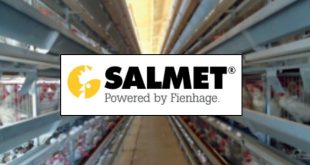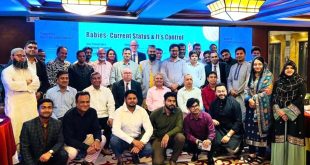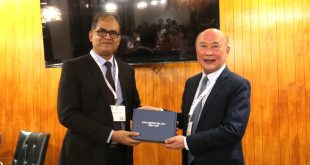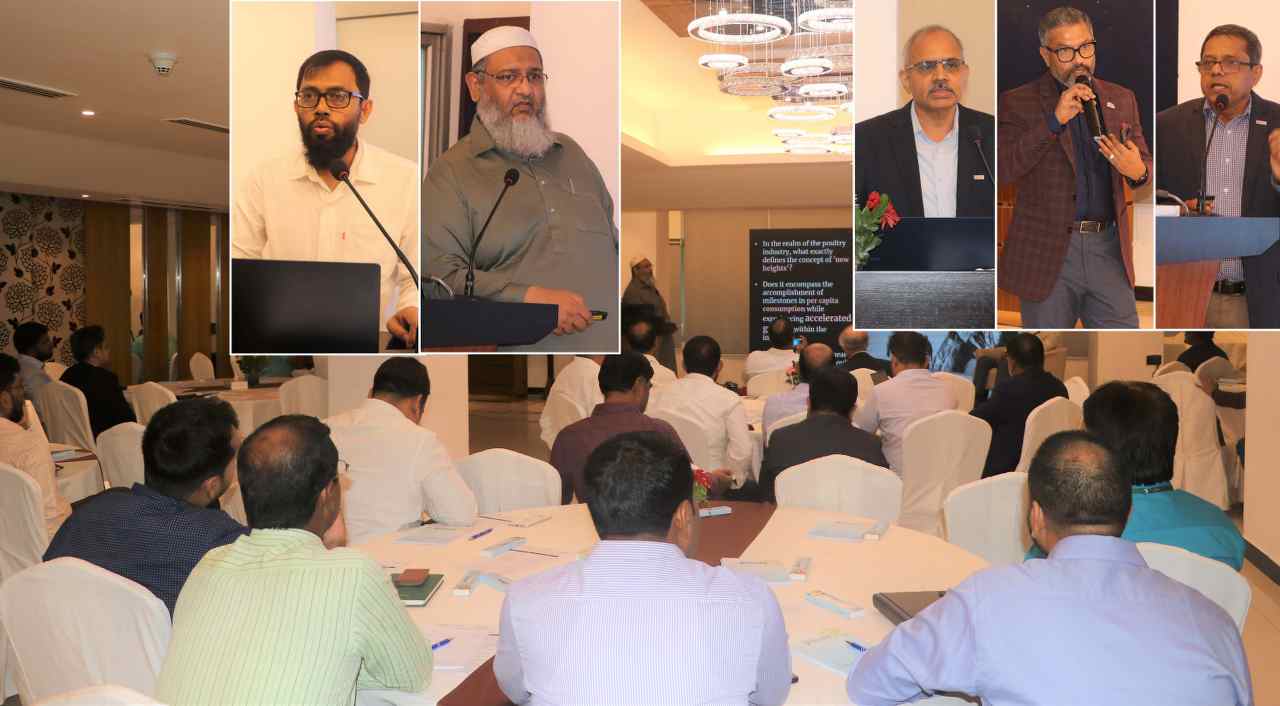 Staff Correspondent: Quality Feed is a must for producing quality egg, meat, milk & fish; and to ensure good quality feed production, the manufacturers need to source best quality raw materials especially soybean, soybean meal and maize. U.S. soy is at the forefront of providing high quality, reliable and sustainable source of protein- speakers said in a Stakeholders Meet held today in Dhaka organized by the Bangladesh Poultry Industries Central Council (BPICC) in association with the US Soybean Export Council (USSEC).
Staff Correspondent: Quality Feed is a must for producing quality egg, meat, milk & fish; and to ensure good quality feed production, the manufacturers need to source best quality raw materials especially soybean, soybean meal and maize. U.S. soy is at the forefront of providing high quality, reliable and sustainable source of protein- speakers said in a Stakeholders Meet held today in Dhaka organized by the Bangladesh Poultry Industries Central Council (BPICC) in association with the US Soybean Export Council (USSEC).
Shamsul Arefin Khaled, president, BPICC and the Feed Industries Association Bangladesh (FIAB) said that the country is meeting its demand for poultry, aqua, dairy and cattle feeds from local production. The industry has achieved high-end feed quality over the period which has made possible to export its products to neighboring countries like India and Nepal. To ensure the product’s excellence, FCR and performance- the industry needs reliable and quality soybean & soybean meal which are mainly imported from USA, Brazil and Argentina. Khaled said, quality protein in feed ensures improved animal health & growth, increased production and reduced feed costs. He said, U.S. Soy is better as it has high protein content; essential amino acids, vitamins, & minerals; less moisture than soybeans from other countries, reliability in supply and bringing better economic benefits to the feed manufacturers. Moreover, US soybeans are grown using sustainable practices that protect the environment. FIAB president proposed that the USDA may select Depot/s at the port exclusively for US ingredients, which will ensure quick service, tension free storage, reduce the risk of port demurrage and assure higher confidence among the buyers.
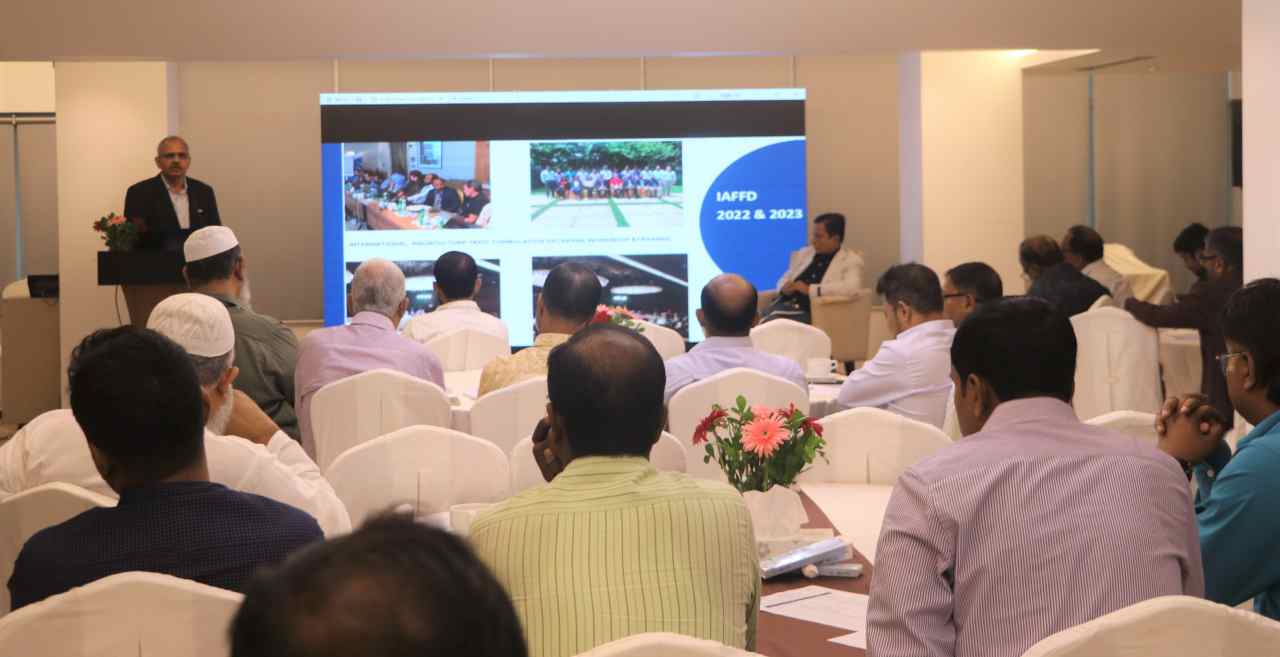 Kevin Roepke, Regional Director for South Asia and Sub-saharan Africa, USSEC said that a country’s economic growth is linked to the health and wellbeing of its people. It’s been proven that protein is directly linked with cognitive development. Referring to the World Food Program Kevin said, around 11 million people suffer from acute hunger in Bangladesh. This nutrition deficiency can be covered by providing access to affordable nutritious and high quality protein. So, there is a need to advocate for every individual’s right to having sufficient protein in their diet because a rich diet & protein promotes good health, reduces malnutrition and promote sustainable development.
Kevin Roepke, Regional Director for South Asia and Sub-saharan Africa, USSEC said that a country’s economic growth is linked to the health and wellbeing of its people. It’s been proven that protein is directly linked with cognitive development. Referring to the World Food Program Kevin said, around 11 million people suffer from acute hunger in Bangladesh. This nutrition deficiency can be covered by providing access to affordable nutritious and high quality protein. So, there is a need to advocate for every individual’s right to having sufficient protein in their diet because a rich diet & protein promotes good health, reduces malnutrition and promote sustainable development.
Referring to a “Bangladesh Protein Perception Study”, conducted by USSEC, Deeba Giannoulis, Head of U.S. Soy Sustainability & Marketing, South Asia and Sub-Saharan Africa (SAASSA) said, that majority of Bangladeshis are unaware of how much protein is needed in everyday meals. 62% consumers identified cereal (dal) as a high-source of protein. About 44% believe vitamins and minerals are more crucial than protein. One out of three Bangladeshi consumers (incorrectly) believe that a lack of protein will not impact their overall health. Only half of the Bangladeshi citizens are aware that pregnant and lactating women have higher protein requirements. Deeba recommended for exclusive protein awareness campaign to achieve country’s goal for nutrition security.
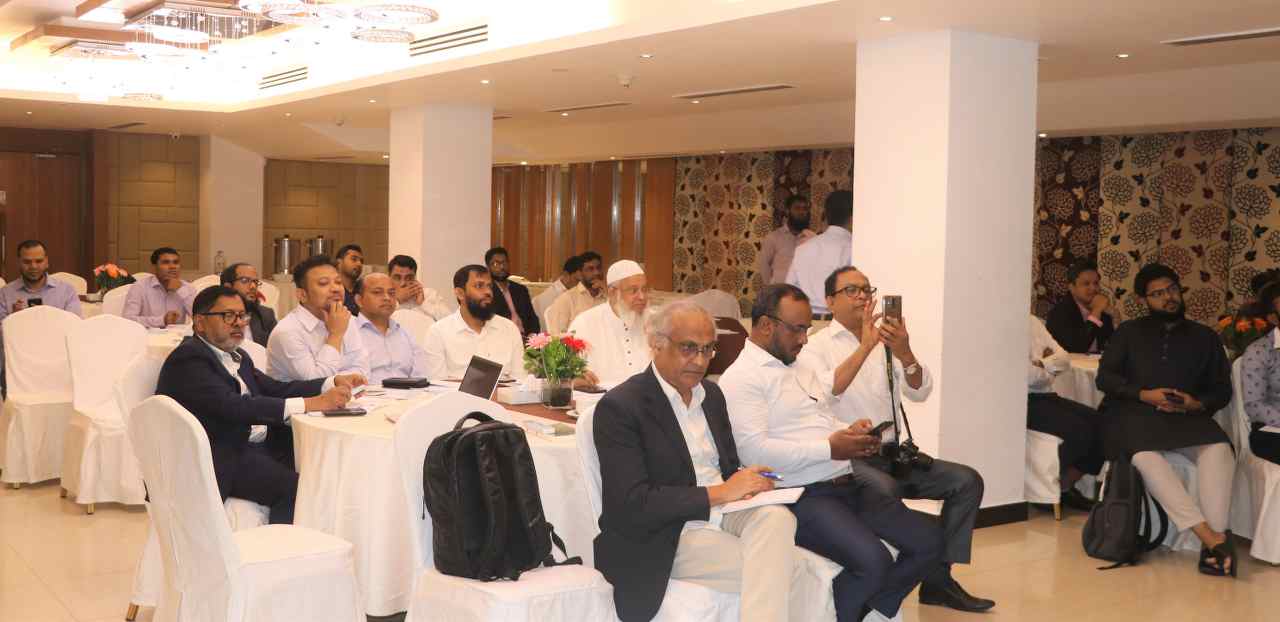 Khabibur Rahman, USSEC Team-Lead Bangladesh said, the Right to Protein is a global campaign that aims to raise awareness about the importance of protein in human nutrition and advocate for access to quality protein for all individuals. It promotes understanding of different sources of protein, including plant-based and animal-based proteins and encourage a balanced and diverse diet to meet protein needs.
Khabibur Rahman, USSEC Team-Lead Bangladesh said, the Right to Protein is a global campaign that aims to raise awareness about the importance of protein in human nutrition and advocate for access to quality protein for all individuals. It promotes understanding of different sources of protein, including plant-based and animal-based proteins and encourage a balanced and diverse diet to meet protein needs.
While addressing welcome speech Nazrul Islam, secretary, FIAB said After imposing restriction on MBM import, dependency on Soybean meal has increased in Bangladesh. The total annual demand for Soybean Meal is around 2.5 to 2.6 million tons. The feed millers and soy importers are facing challenges due to dollar crisis and government decisions.
The feed millers urged USSEC to offer exclusive rates for Bangladeshi Buyers, port & silo facilities and attractive freight fare for Jumbo vessels.
Moderator of the meeting, Md. Sirajul Hoque, Senior Vice-president, World’s Poultry Science Association- Bangladesh Branch (WPSA-BB) said that Bangladesh is producing around 7.5 to 8 million metric tons of feed annually. The market is growing everyday as the government has vowed to achieve Food & Nutrition Security, aspiring to be an upper middle-income country by 2031, attain SDGs and become a developed nation by 2041.
Around 70 feed millers & their senior officials, BPICC members and USSEC representatives from United Arab Emirates, India, Sri Lanka and BPICC members attended the meeting.
Seekkuge Susil Priyantha Silva, Regional Head of Animal Utilization, South Asia, USSEC made a presentation on U.S. Soy solutions for Poultry; while Chandrasekar Sankaranarayanan, Head of Aquaculture Utilization, South Asia, made another presentation to demonstrate solutions for Aquaculture.
 Agrinews24 কৃষির সাথে, কৃষকের পাশে
Agrinews24 কৃষির সাথে, কৃষকের পাশে



















